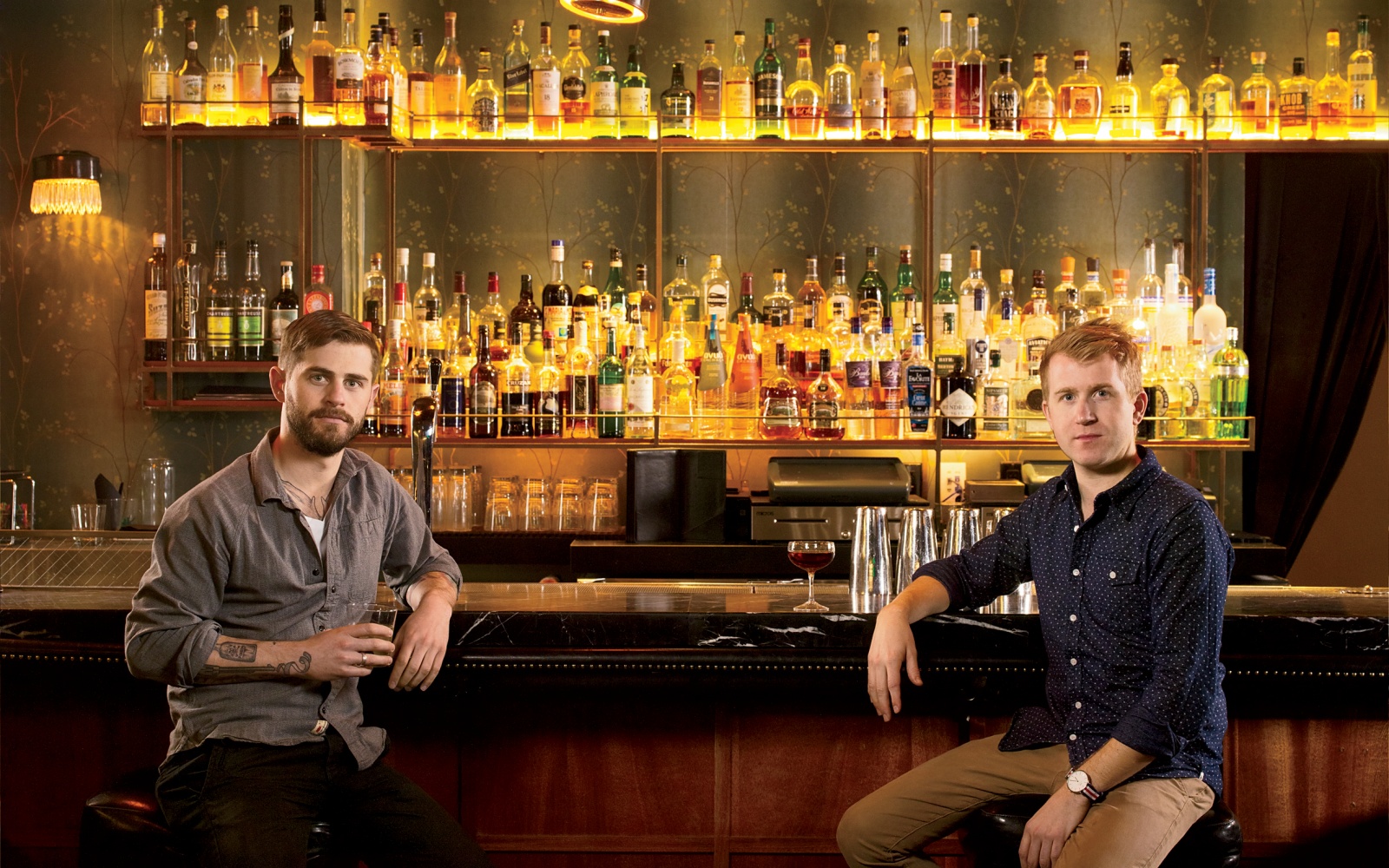
Cocktails should tell a story—even when there’s no menu. “At every great bar, you get the mission from the menu,” Kaplan says. “Does it allow you to peruse the drinks easily? Is it an homage? The menu is one of the tangible pieces you spend the most time with. The Dead Rabbit, in New York, clearly wants to create the biggest, most in-depth menu.” Day cites Pouring Ribbons, in New York’s East Village, which “created a graphic to describe the acidity levels and freshness and bitterness of each drink, so you know what to expect.” On the other hand, Washington, D.C.’s Columbia Room has no menu at all. “You’re there because you trust them. You’re there for the ride,” says Kaplan.
The drinks should showcase the bartenders’ knowledge and passion. “We look for some of the new ingredients coming onto the market,” Day says.“Amaros, mezcals—how are they pushing the envelope?” He’s intrigued by single-focus bars like New York’s Amor y Amargo, which is dedicated entirely to amaros. (“They have no citrus whatsoever,” he says. “I don’t even think they have shakers in there!”) Anthony Schmidt, at San Diego’s Rare Form, is “very brandy-focused, but not in the way most of us think of it,” Kaplan says. “Almost all of his drinks have a split base of brandy and eau de vie. Not many bars do that.”
Great design makes drinks taste better. “A cocktail bar has to be welcoming,” Kaplan says. “Polite Provisions, in San Diego, has folding doors that open onto the street. It’s got a dim glow. It’s the kind of place you want to hang out all day and into the night.” A theme can work, too, as at Hale Pele, a tiki bar in Portland, Oregon. “It’s cluttered and chaotic and makes you feel like a kid,” he says.